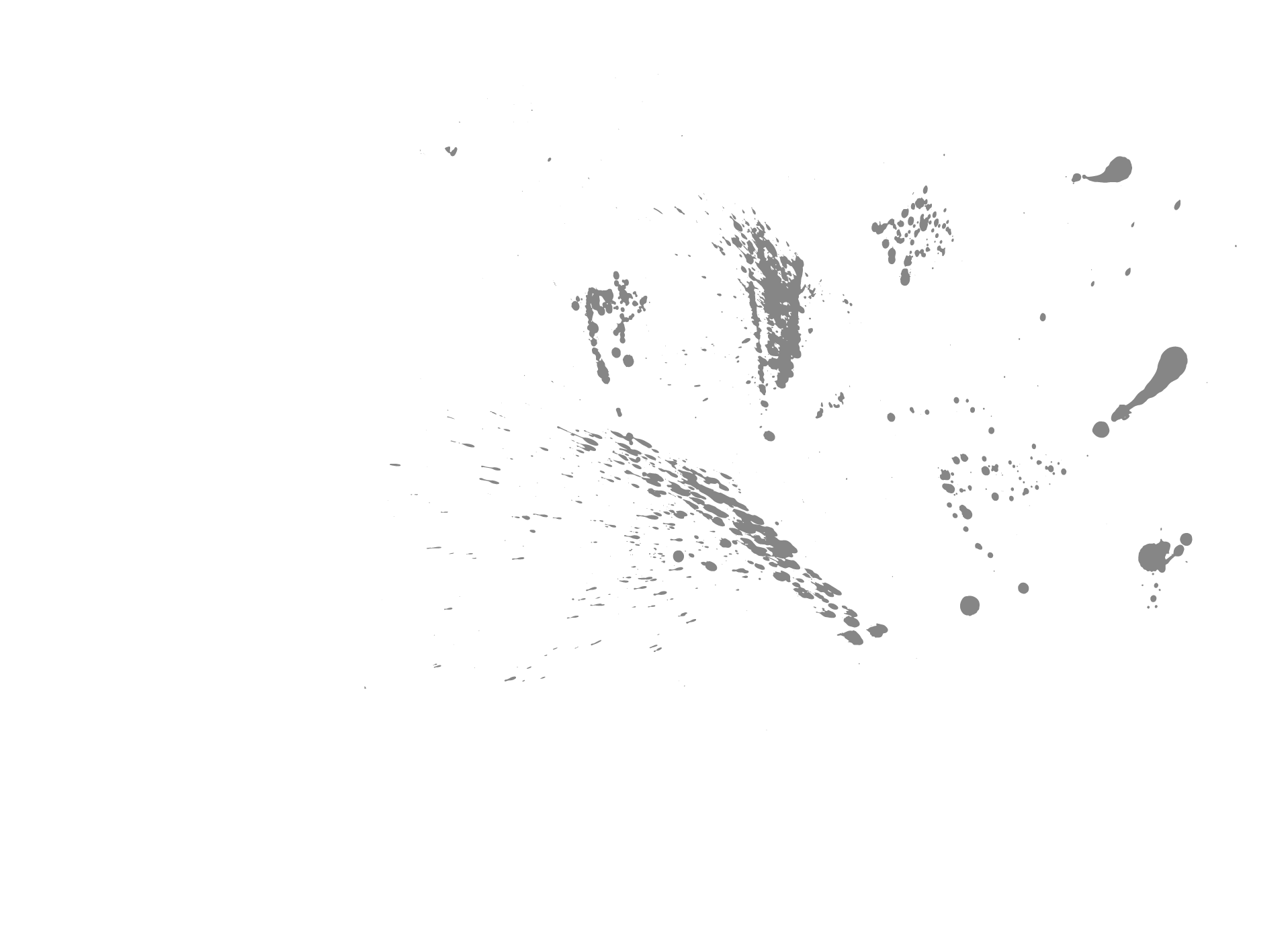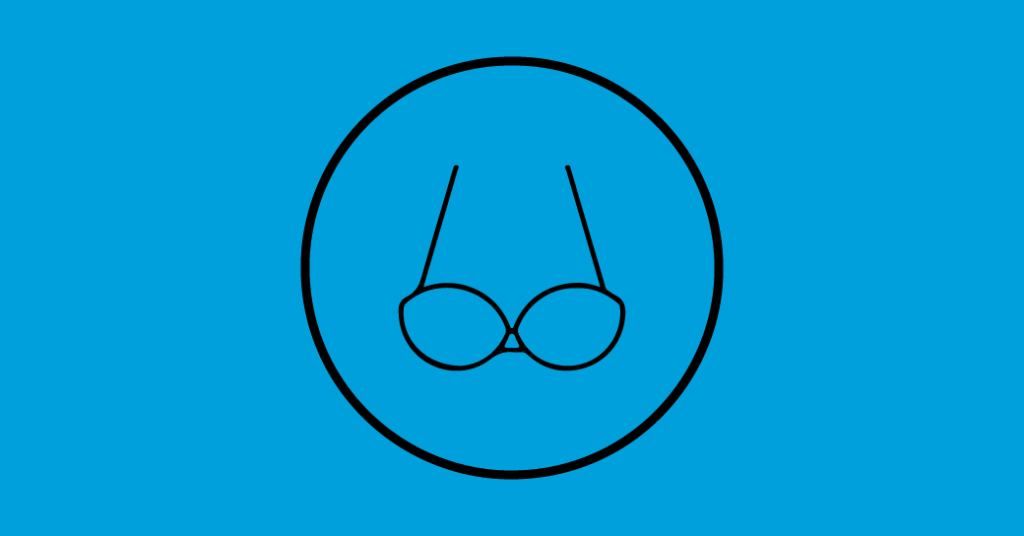Who invented the bra?
“Cover this breast that I cannot see: (…) that brings guilty thoughts” (1). Women did not wait for Tartuffe to hide their breasts. As early as the Antiquity, they hid it under large linen bands. The Middle Ages celebrated the cleavage, thanks to dresses with laces. Then came the reign of the corset for over 400 years.
"There came the reign of the corset for more than 400 years, a worker corset maker and valiant communard decides that it is necessary to finish with this object of torture."
An early feminist, Herminie Cadolle, a Corsican worker and a valiant Communard close to Louise Michèle, decides that this object of torture must be stopped: it deforms bodies and makes women faint. At the time, nearly a million of them were sold each year in Paris.
After a stay in prison, Herminie finds the political atmosphere in France too stifling, she takes refuge in Argentina. She launched a boutique workshop in Buenos Aires. It is there that she conceived the corselet throat. To free women’s bodies, she had the brilliant idea of cutting the corset in two, making it less rigid by using a soft and elastic thread, adding two straps and a “W” frame.
"As a savvy businesswoman, she filed a patent in 1898, she was one of the first to start catalog sales."
As a well-informed businesswoman, she filed a patent in 1898 and presented her model called “bien être” at the Paris World Fair. It was one of the first to start selling by catalog. Her collections are in demand in London, New York and St Petersburg. She opened a store in Paris, which she entrusted to her daughter-in-law. Passed on for 6 generations, the Cadolle house is now a name reserved for a wealthy clientele.
"In love with a singer, he had made a prototype bra to help her sing better."
An American man in love with a singer had made a prototype bra to help her sing better, but he didn’t think of filing a patent. A Frenchman living in New-York did it for him: since then, Americans use the word “bra” to designate the famous underwear.
(1) Tartuffe, or the impostor (1664), III, 2, by Jean-Baptiste Poquelin, known as Molière.


